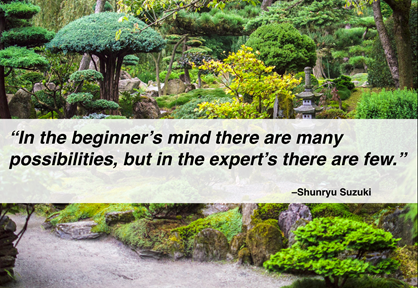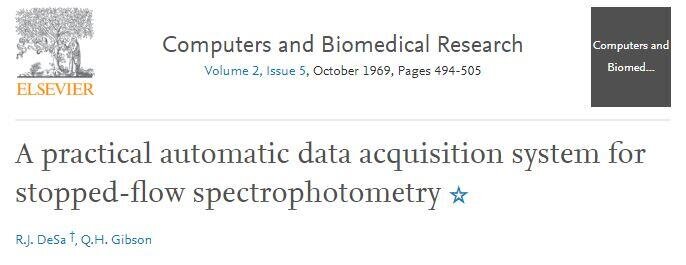The smart Trick of Circular Dichroism That Nobody is Discussing
Getting The Circular Dichroism To Work
Table of ContentsThe 45-Second Trick For Uv/visNot known Facts About SpectrophotometersHow Circular Dichroism can Save You Time, Stress, and Money.Uv/vis for DummiesUv/vis for Dummies

Spectrophotometry is a tool that hinges on the quantitative analysis of molecules depending on how much light is taken in by colored substances.
The smart Trick of Spectrophotometers That Nobody is Talking About
A spectrophotometer is typically utilized for the measurement of transmittance or reflectance of solutions, transparent or nontransparent solids, such as polished glass, or gases. Numerous biochemicals are colored, as in, they absorb noticeable light and therefore can be measured by colorimetric procedures, even colorless biochemicals can often be transformed to colored compounds suitable for chromogenic color-forming responses to yield substances appropriate for colorimetric analysis.: 65 However, they can likewise be created to determine the diffusivity on any of the noted light ranges that typically cover around 2002500 nm using different controls and calibrations.
An example of an experiment in which spectrophotometry is utilized is the decision of the balance constant of a service. A specific chain reaction within an option might occur in a forward and reverse instructions, where reactants form products and items break down into reactants. At some time, this chain reaction will reach a point of balance called a balance point.
Circularly Polarized Luminescence for Dummies
The amount of light that goes through the service is a sign of the concentration of particular chemicals that do not permit light to pass through. The absorption of light is because of the interaction of light with the electronic and vibrational modes of particles. Each kind of molecule has an individual set of energy levels connected with the makeup of its chemical bonds and nuclei and therefore will soak up light of particular wavelengths, or energies, resulting in special spectral properties.
Using spectrophotometers spans numerous scientific fields, such as physics, products science, chemistry, biochemistry. circular dichroism, chemical engineering, and molecular biology. They are commonly used in many industries including semiconductors, laser and optical production, printing and forensic assessment, along with in labs for the research study of chemical substances. Spectrophotometry is frequently utilized in measurements of enzyme activities, decisions of protein concentrations, decisions of enzymatic kinetic constants, and measurements of ligand binding reactions.: 65 Ultimately, a spectrophotometer is able to identify, depending upon the control or calibration, what substances exist in a target and exactly how much through estimations of observed wavelengths.
This would come as an option to the previously developed spectrophotometers which were not able to soak up the ultraviolet properly.
Unknown Facts About Uv/vis
It would be discovered that this did not offer acceptable outcomes, for that reason in Design B, there was a shift from a glass to a quartz prism which allowed for better absorbance outcomes - circularly polarized luminescence (https://dzone.com/users/5082179/olisclarity1.html). From there, Model C was born with an adjustment to the wavelength resolution which wound up having three units of it produced
It irradiates the sample with polychromatic light which the sample absorbs depending upon its residential or commercial properties. Then it is sent back by grating the photodiode array which finds the wavelength area of the spectrum. Ever since, the creation and implementation of spectrophotometry gadgets has increased exceptionally and has turned into one of the most ingenious instruments of our time.

Not known Facts About Uv/vis
The grating can either be movable or fixed.
In such systems, the grating is repaired and the intensity of each wavelength of light is measured by a different detector in the variety. When making transmission measurements, the spectrophotometer quantitatively compares the fraction of light that passes through a referral option and a test service, then electronically compares the intensities of the 2 signals and calculates the portion of transmission of the sample compared to the recommendation standard.
